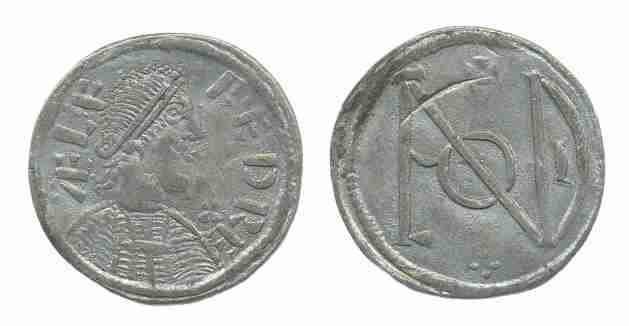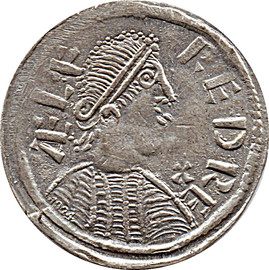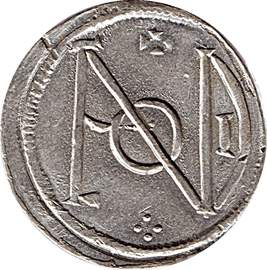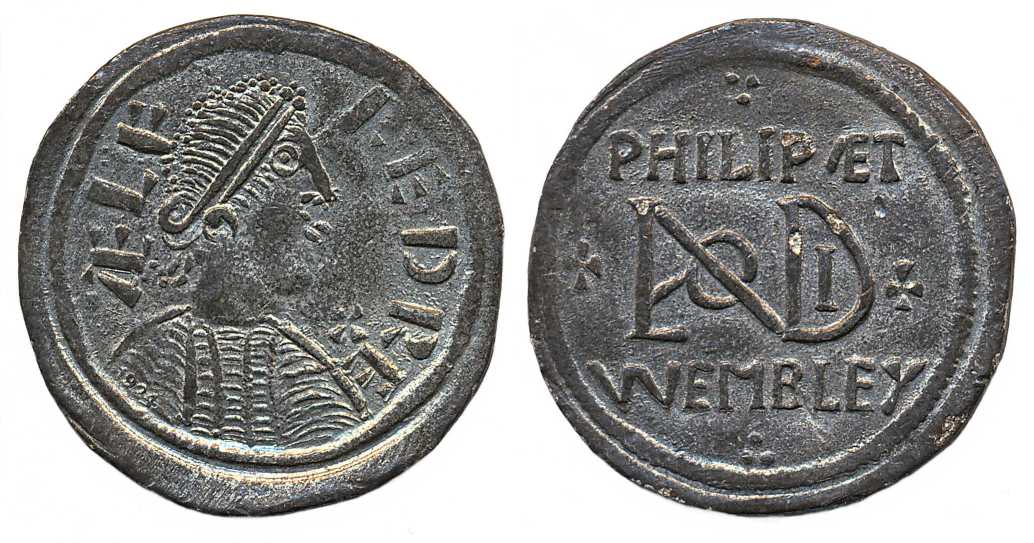Home > Stories by TimeLine Auctions
Stories by TimeLine Auctions
Official Replica Alfred The Great Penny Compared to a Becker Fake

An Alfred the Great coin, with LONDONIA monogram reverse, was submitted to TimeLine Auctions recently. This is always a popular Anglo-Saxon lot, especially sought-after by London’s many collectors hoping to add examples from the capital’s early mint to their cabinets. TimeLine’s numismatic vetting team had examined the piece prior to its acceptance in our sale, so we had supreme confidence in its authenticity.
Ninety-nine years earlier, at the 1924 British Empire Exhibition, the Royal Mint’s pavilion included a group of mint workers who wore Anglo-Saxon costumes, and used reproduction Anglo-Saxon tools, and employed Anglo-Saxon minting methods, to strike 10,000 replicas of Alfred’s London Penny. They sold to exhibition visitors like the proverbial hot cakes that the king had allegedly burned when at war with his Viking enemies. The price: 6d each; the metal: tin.


A few days later provincial newspapers across England spreads the news, and the concerns of advanced numismatists that the replicas were likely to be passed off as genuine, putting inexperienced collectors in danger of buying fakes of a respected Anglo-Saxon coin. TimeLine’s researchers dug up a newspaper cutting: here is what the prestigious Yorkshire Post had to say about the facsimiles in May, 1924, a few days after the replicas went on sale:
"KING ALFRED’S SILVER PENNY. Sir Charles Owen (Conservative, Oxford) has given notice that on Tuesday next week he will ask the Chancellor of the Exchequer, in the House of Commons, whether his attention has been drawn to the fact that there are being sold at The British Empire Exhibition official copies of the London silver penny of King Alfred the Great, only differentiated from the original by the insertion of 1924 in microscopic numerals beneath the King’s bust; and whether he will cause these coins to be altered from the original by some modern additional sign; otherwise the small date will certainly be scratched out by unscrupulous persons, allowing fake coins to be foisted on unwary collectors as originals, which they closely resemble in size, metal, and type."
Sir Charles, who was also President of the Royal Historical and Numismatic Societies; and of the Royal Archaeological Institute, put his question to the Chancellor in the bluntest of terms: “Is the Chancellor aware that the facsimile Alfred pennies on sale at Wembley Park differ little from the originals issued by King Alfred in the late 9th century?”
The following day the Chancellor gave a written reply to the question, expressing his sorrow that Sir Charles had “classed him with Becker the forger”, and insisting that “the facsimiles received the approval of the British Museum. I am aware that they are the same size as King Alfred’s London silver penny; but the metal is tin. I can hardly imagine a coin collector who would be such a mug as to not to look pretty narrowly through a magnifying glass at a coin in so fine a condition.”

Later discussions between Sir Charles, the Royal Mint, the Chancellor and the British Museum resolved the matter. New dies were prepared and used to strike a second issue of the exhibition’s souvenirs. Their reverses carried the name of a previously unheard of moneyer - Philip at Wembley. The vetting team at TimeLine is now on the lookout for his fake facsimiles.
Brett Hammond (Chief Executive Officer), TimeLine Auctions, 12th April 2023




